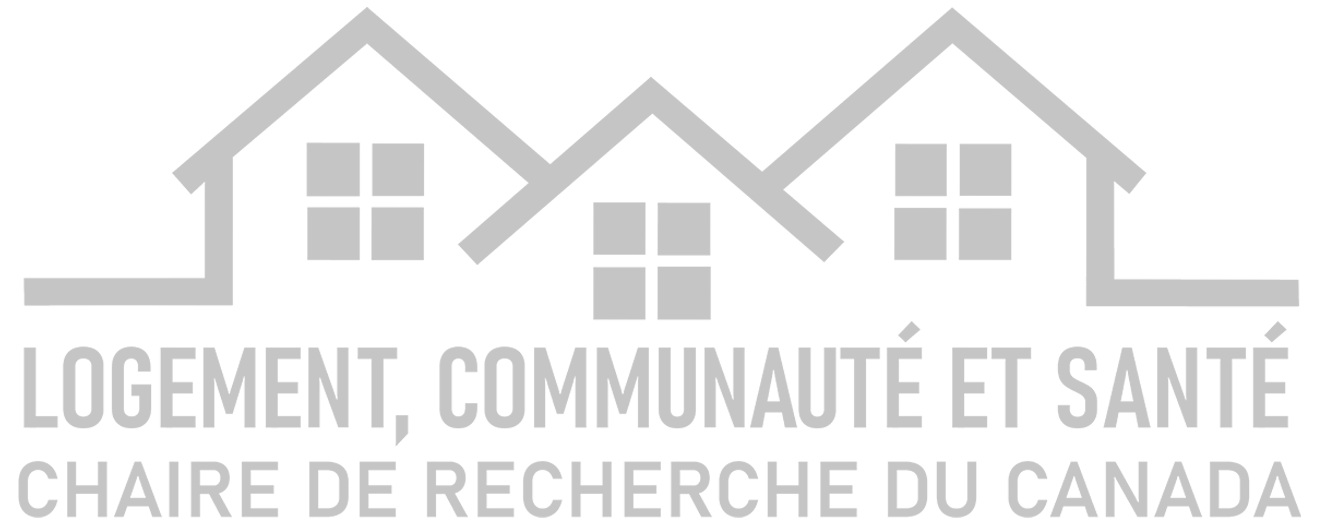Developing a Building Identification Tool to Support Mass Deep Energy Retrofits
- Hetong Shen
- Loïc Ho-Von
- Thomas King
- Ruoqi Wang
- Gabrielle Goldman
- Frank Suerich-Gulick
- Daniel Chung
- Michael Jemtrud
- Frédéric Verrier-Paquette
- ACSA 112th Annual Meeting: DISRUPTERS ON THE EDGE
- Sustainability
- High Performance Built Environments
- Preservation/Adaptive Reuse
- Digital Fabrication
- Technology
Abstract
Deep energy retrofits (DERs) are recognized as a critical strategy in reducing the building sector’s greenhouse gas (GHG) emissions1,2. Compared to shallow retrofits, DERs reduce energy demand of existing buildings by up to 50 to 80%. In a fabric first over-cladding approach to DERs, the insulation and airtightness of the building envelope are significantly improved, and the mechanical systems are replaced with smaller, ultra-high-efficient ones. To contribute in a meaningful way to reaching Canada’s GHG reduction targets, a substantial portion of the existing building stock must undergo deep retrofitting4. To achieve this, the DER process—from identification of candidate buildings to the industrialized manufacture and installation of panelized envelope solutions—must be streamlined, affordable, and scalable. A key barrier to development is lack of access to accurate building data qualifying and quantifying the condition of the existing building stock, which is needed to assess the pool of buildings and building aggregations with a high potential for deep retrofit3. Specifically, data characterizing building envelopes—from construction, form, material, and openings to renovation history and overall fitness—are unavailable for the full building stock and currently can only be obtained through labor-intensive on-site inspections. This paper presents the framework and methodology of a new web application, the Building Identification Tool (BIT), which allows one to remotely source and survey candidate buildings with a high potential for prefabricated panelized DER (PPDER). BIT allows users to augment a preprocessed geo-referenced building dataset with information relevant to PPDER, facilitating the identification of a scalable pipeline of projects that are amenable to mass customizable over-cladding solutions. The paper also explores how modern machine learning methods could eventually be used to automate certain stages of the data augmentation process.
Discover Our Collaborators








- Arrondissement de l’Île-Bizard—Sainte-Geneviève
- Société d’habitation du Québec
- Building decarbonization alliance
- Pembina institute
- Québec BVI – Bâtiment vert et intelligent
- ReCover Initiative
- Retrofit Canada
- The Atmospheric Fund (TAF)
- Transition Accelerator
- Zero Emissions Innovation Centre
- If Then Architecture Inc.
- Minotair Inc.
- RG Solutions
